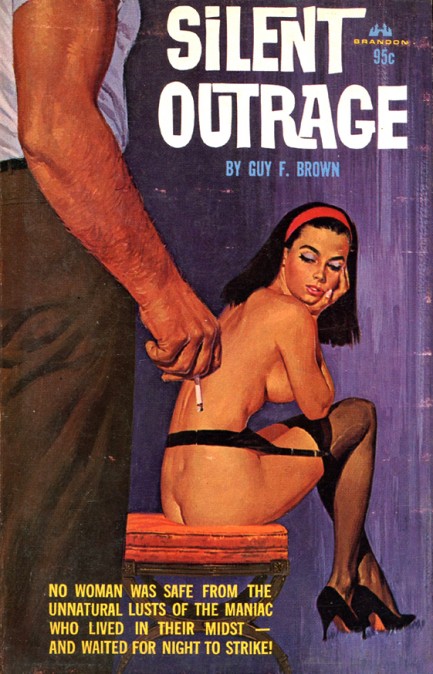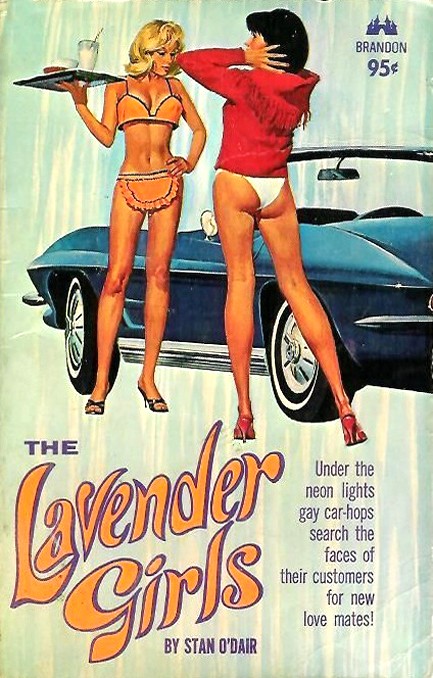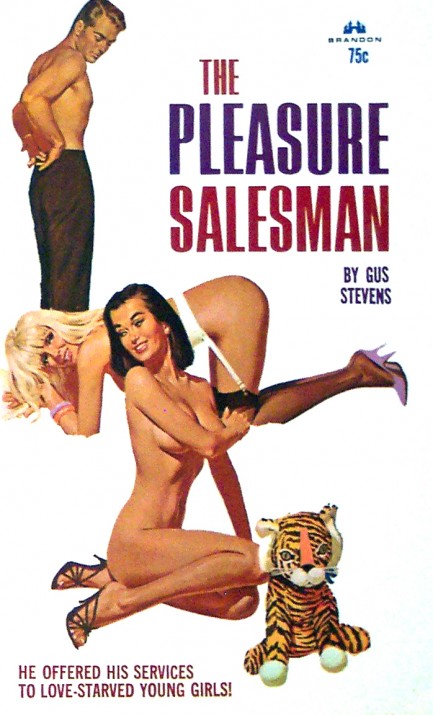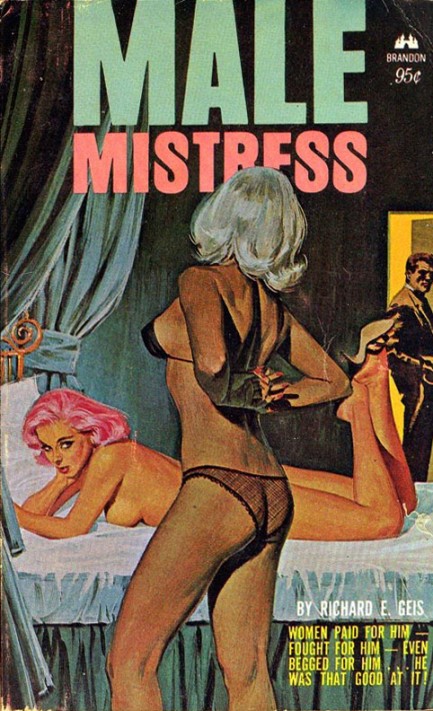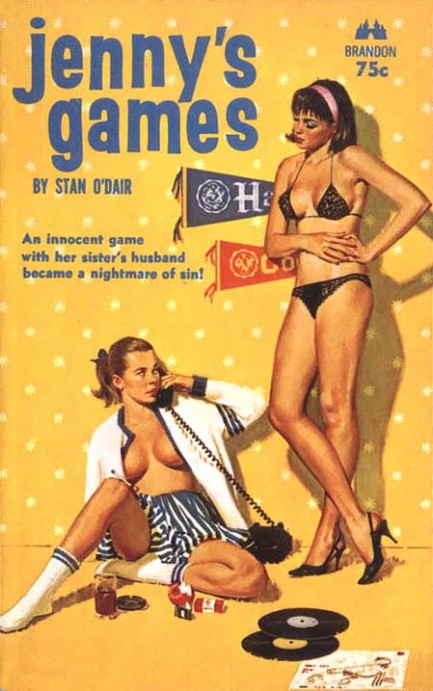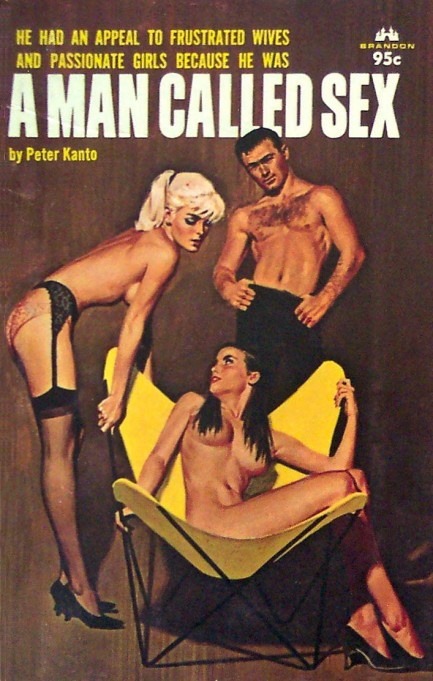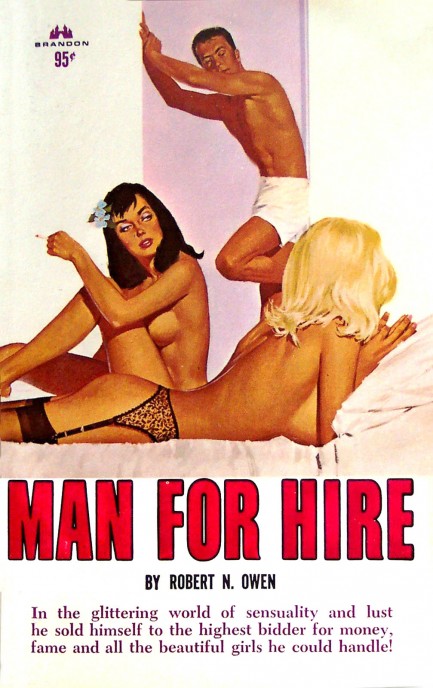 I’m glad we stopped calling it spring break. I just feel better being honest about how we behave. 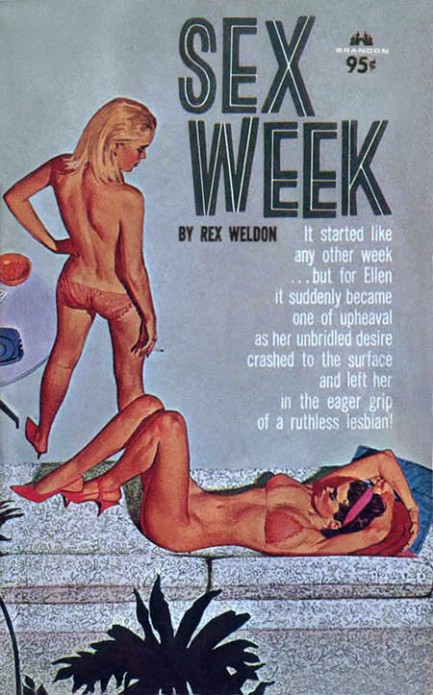
Sex Week is classic lesbian sleaze from publisher Brandon House and author Rex Weldon, aka Duane Weldon Rimel, and it appeared in 1965. Weldon also wrote Party Wife, Bedroom Bingo, Bed Slave, Sweet Sapphic Scene, and other gems of the genre. He may have gotten some of his ideas from his many interesting jobs, including as a liquor store clerk, jazz pianist, hotel worker, and bartender. Thankfully, he found his true calling in sleaze. The artist here is the indispensable Fred Fixler, and you can see much more from him by starting with this link, and you can see our recent large collection of lesbian sleaze here.
 When girl meets girl sparks fly. 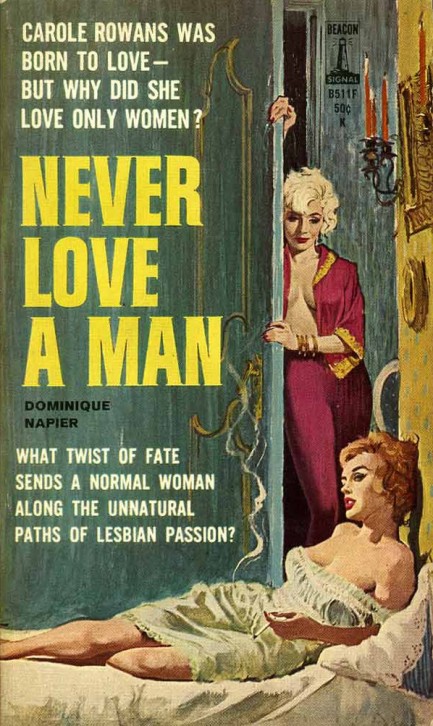
Above and below is a small percentage of some of the thousands of lesbian themed paperback covers that appeared during the mid-century period, with art by Paul Rader, Fred Fixler, Harry Schaare, Rudy Nappi, Charles Copeland, and others, as well as a few interesting photographed fronts. The collection ends with the classic Satan Was a Lesbian, which you’ve probably seen before, but which no collection like this is complete without. Hopefully most of the others will be new to you. Needless to say, almost all were written by men, and in that sense are really hetero books reflecting hetero fantasies (fueled by hetero misconceptions and slander). You can see plenty more in this vein on the website Strange Sisters. 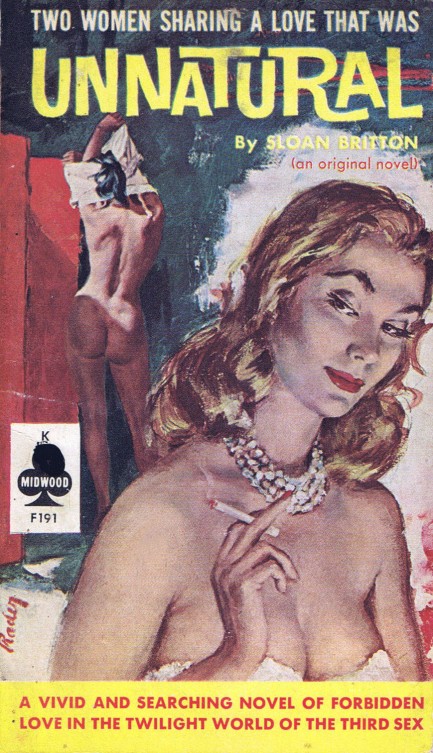 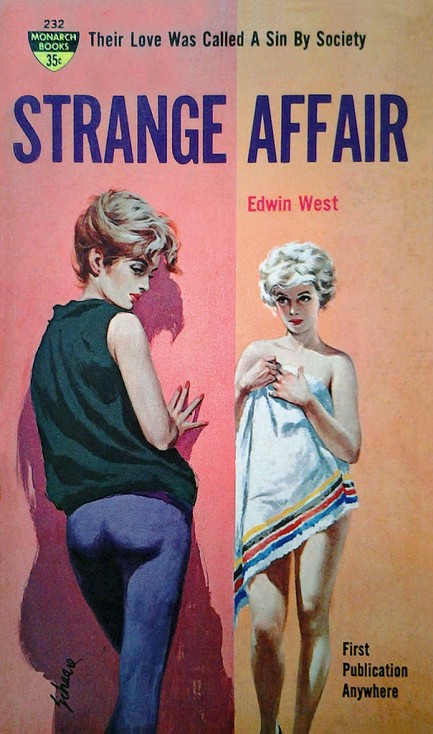 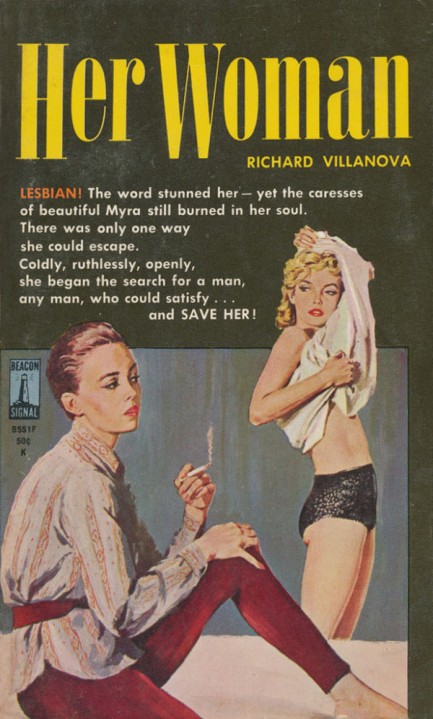 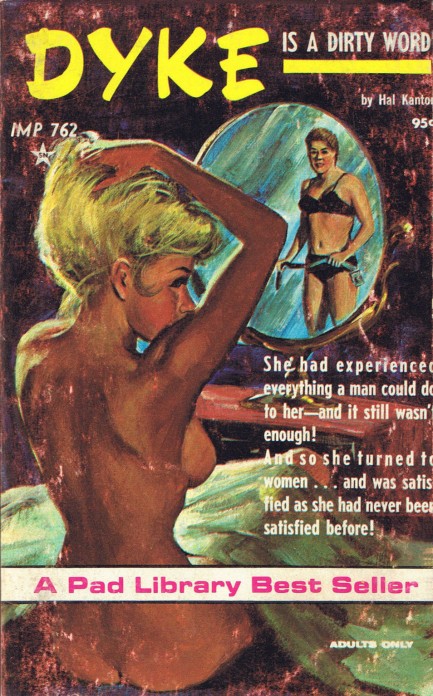 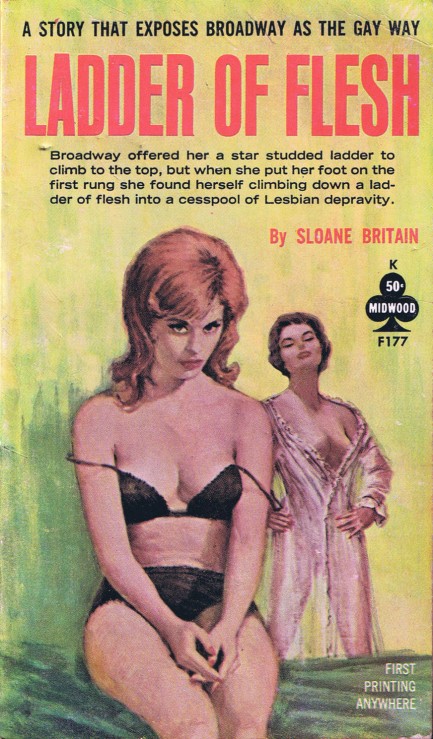 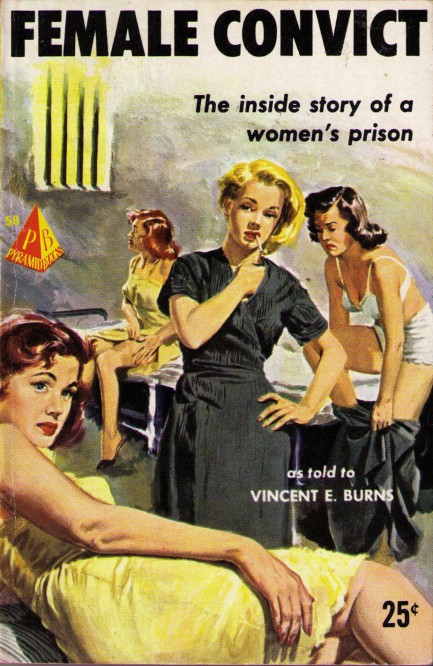 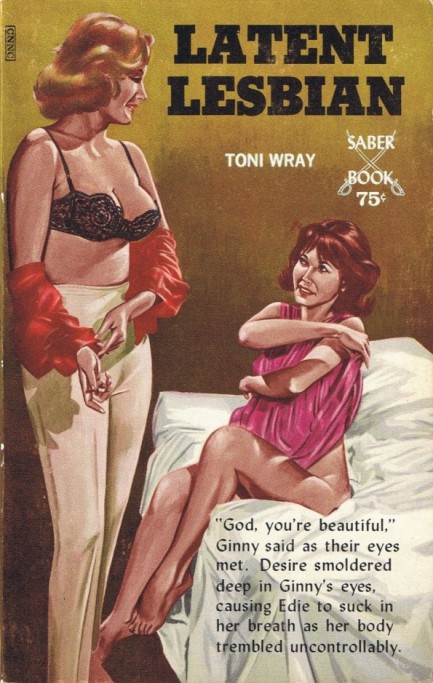 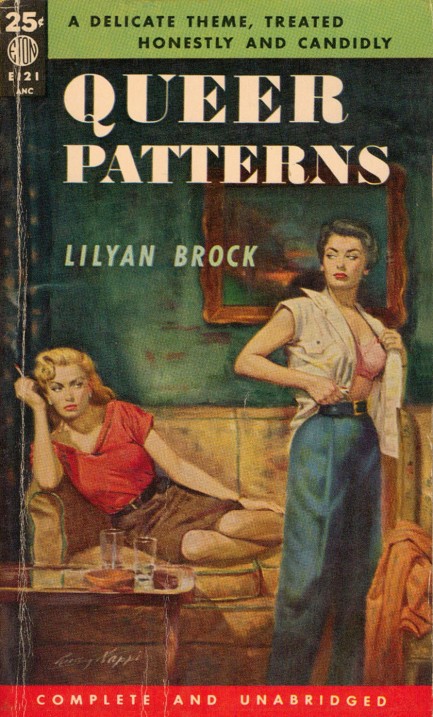 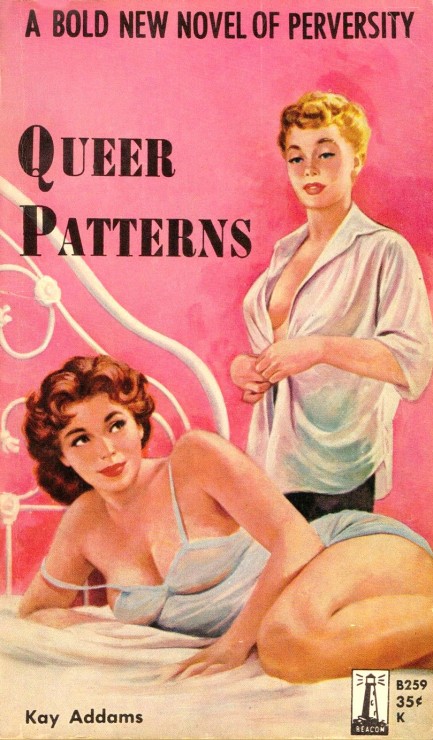 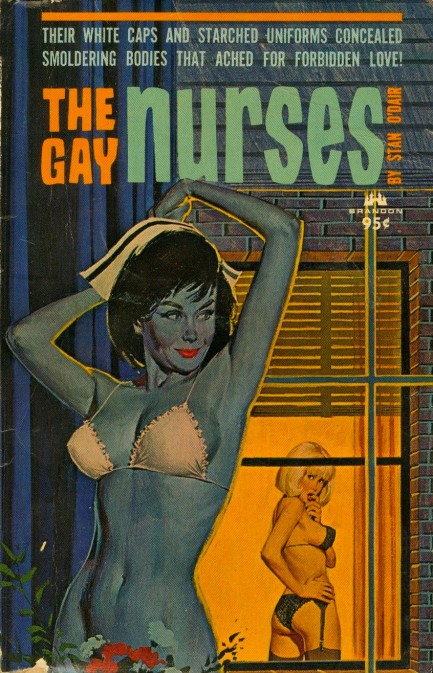 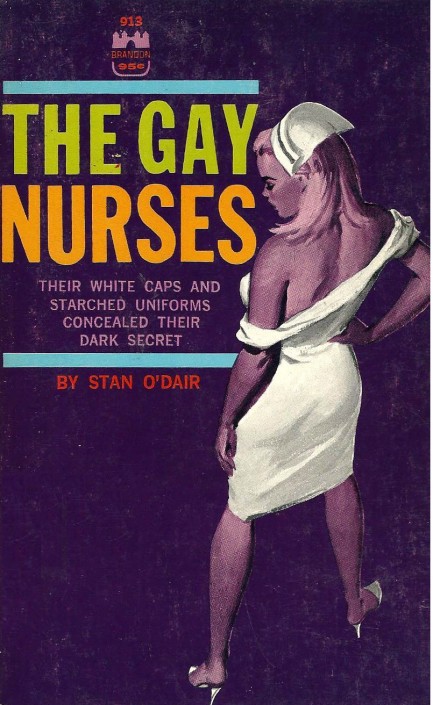 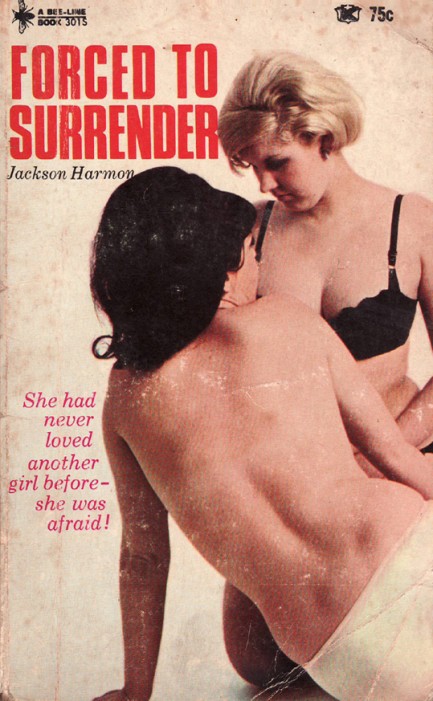 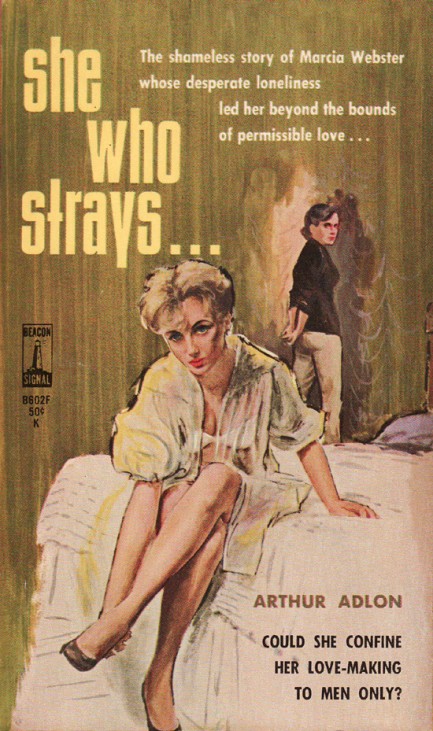 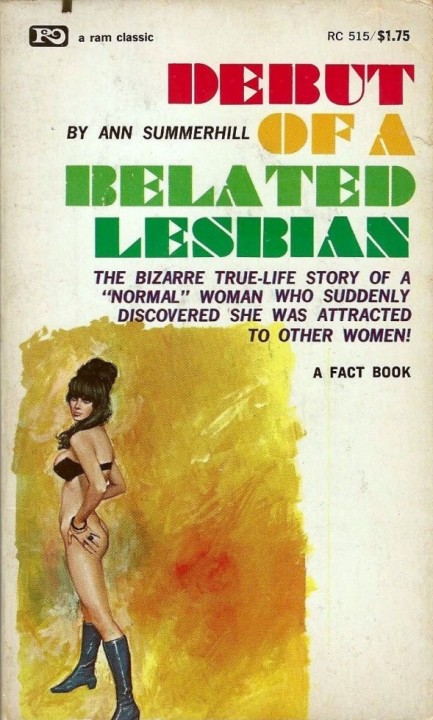 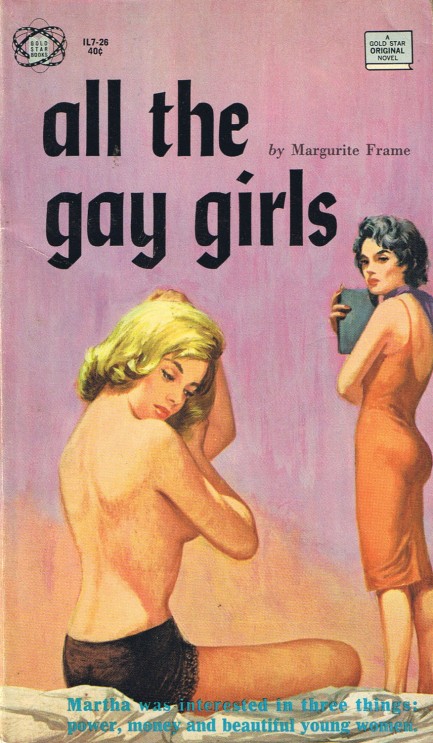  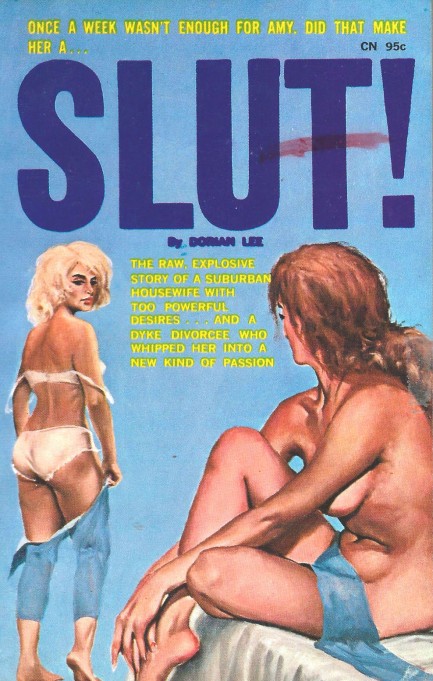  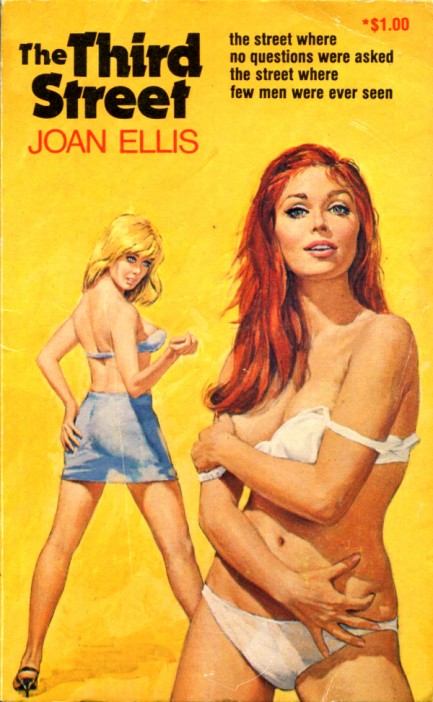 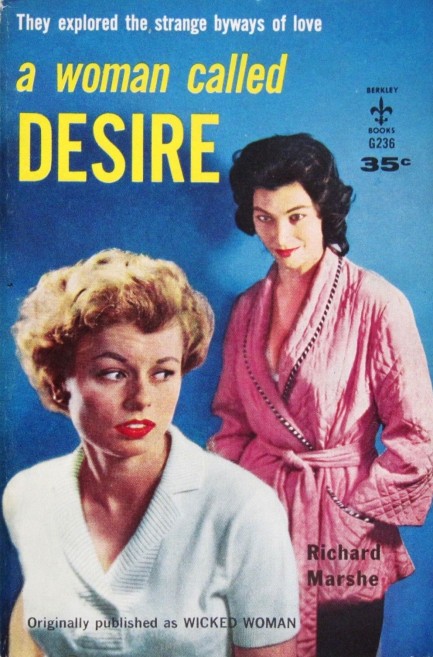 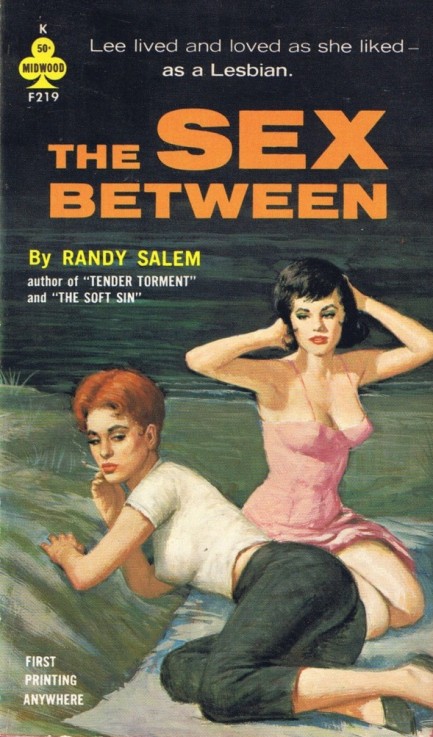 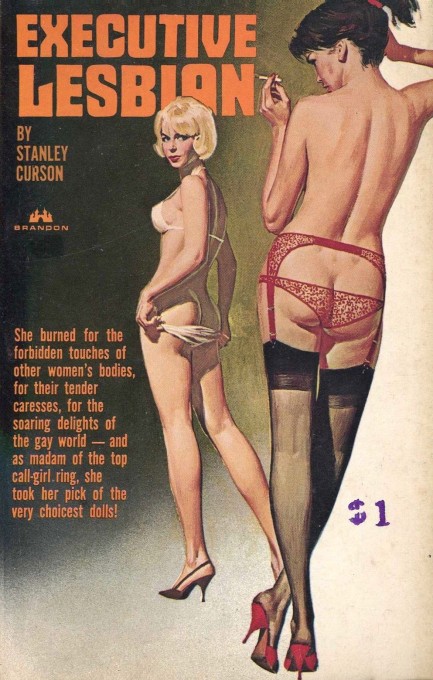 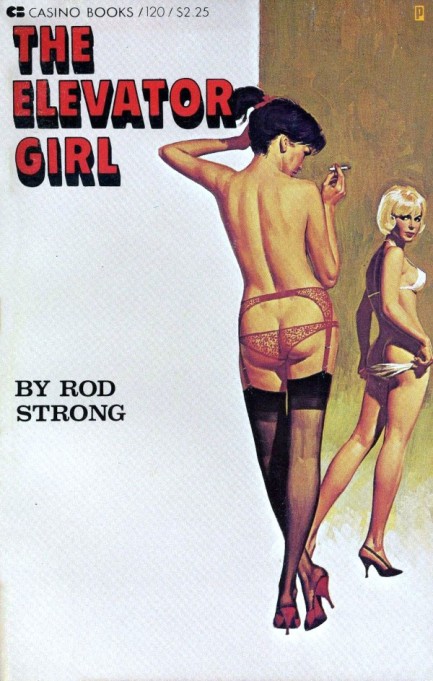 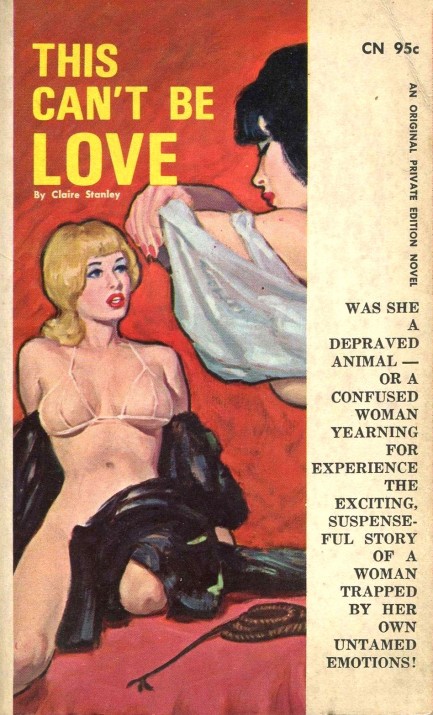 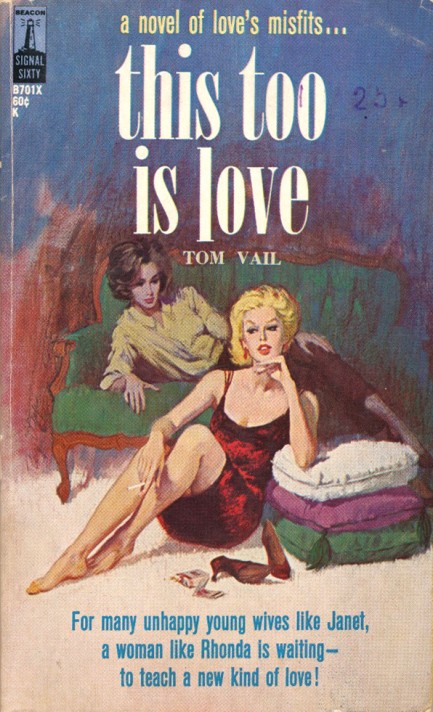 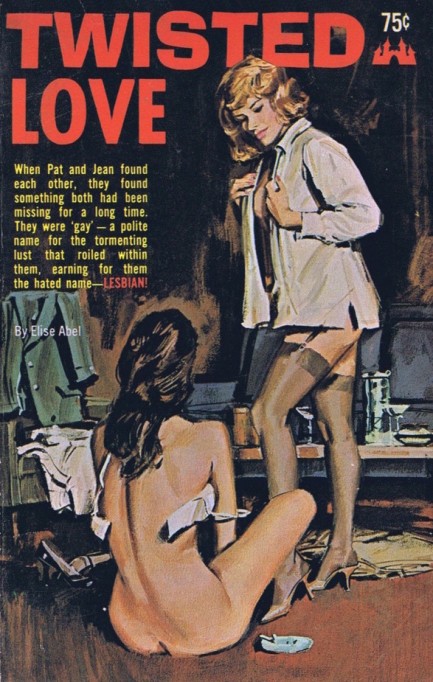 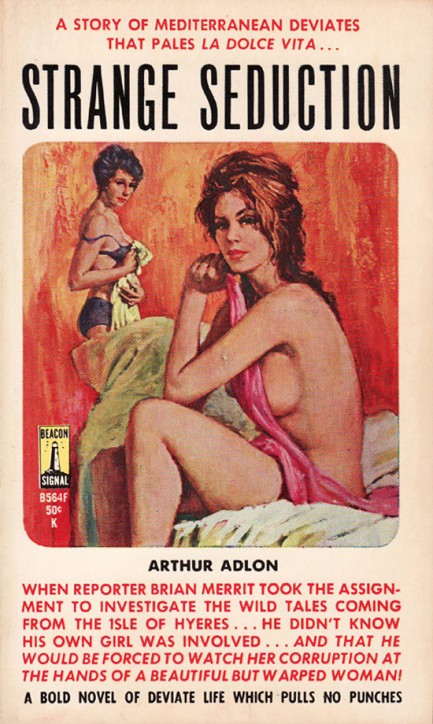 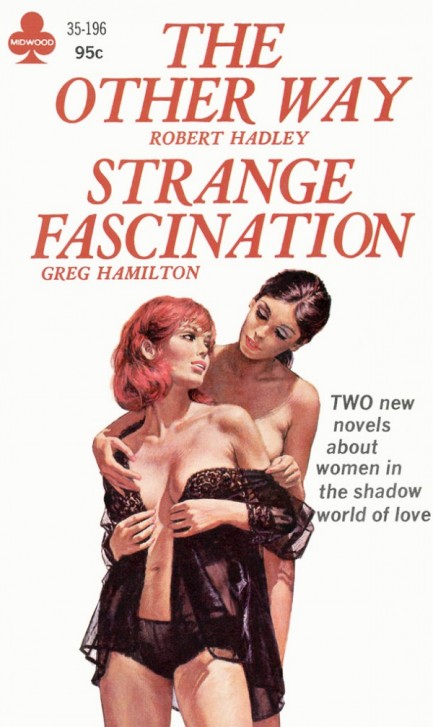 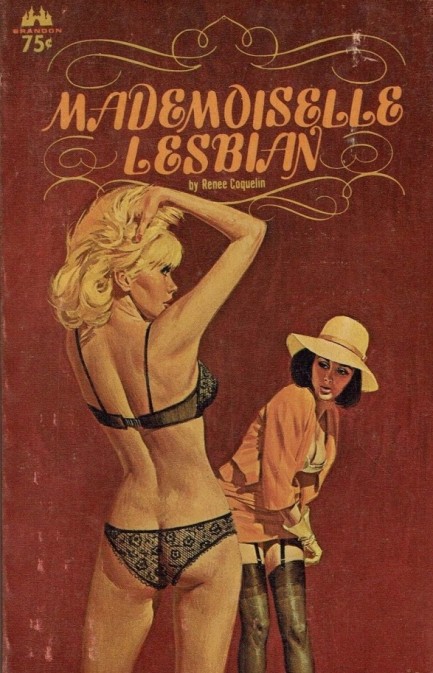 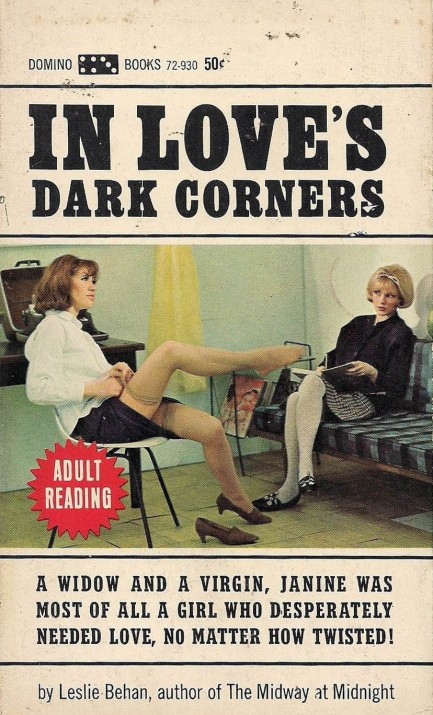 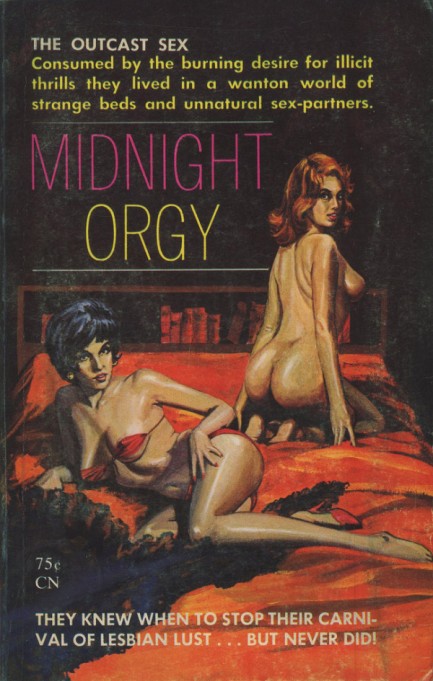 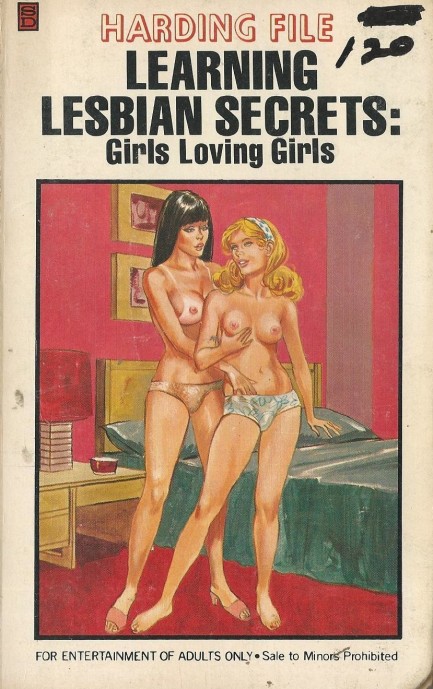 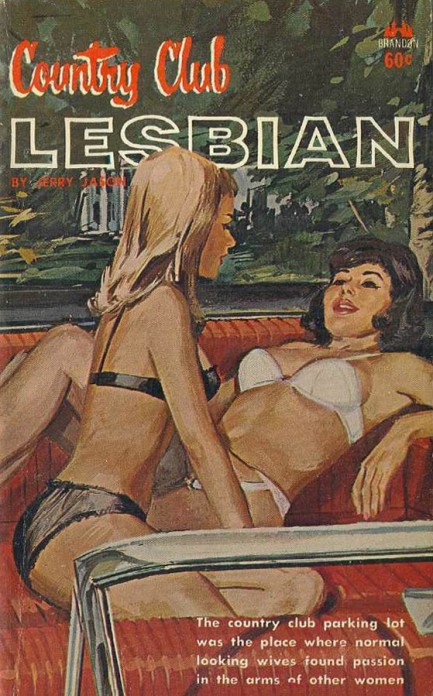 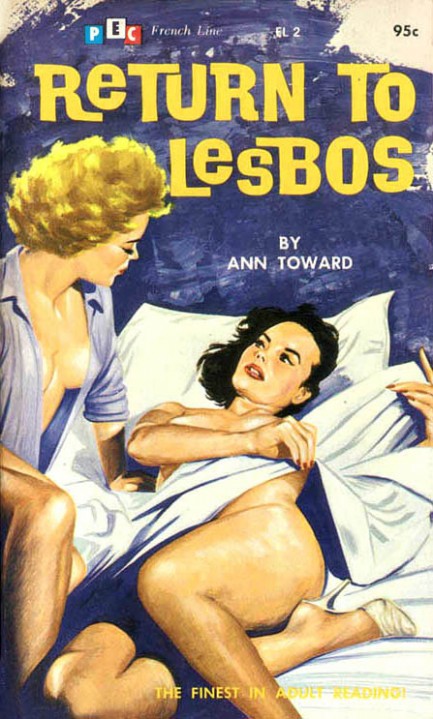 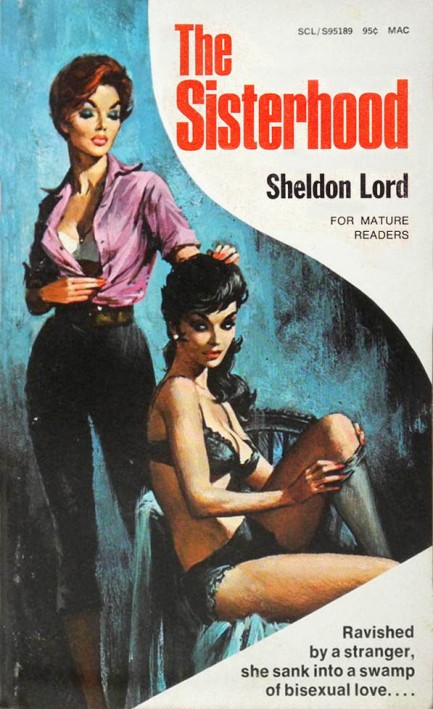 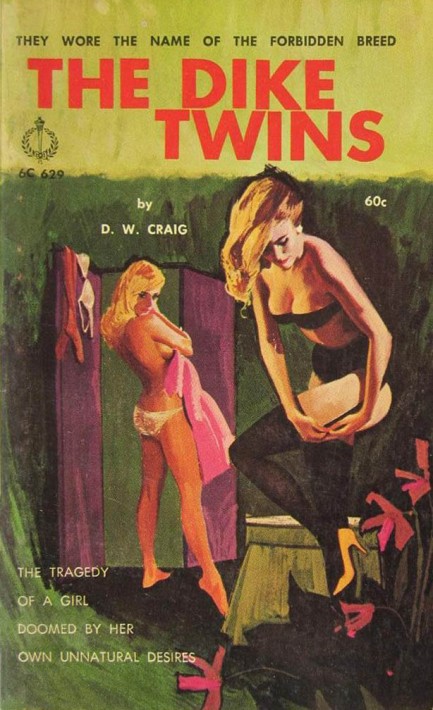 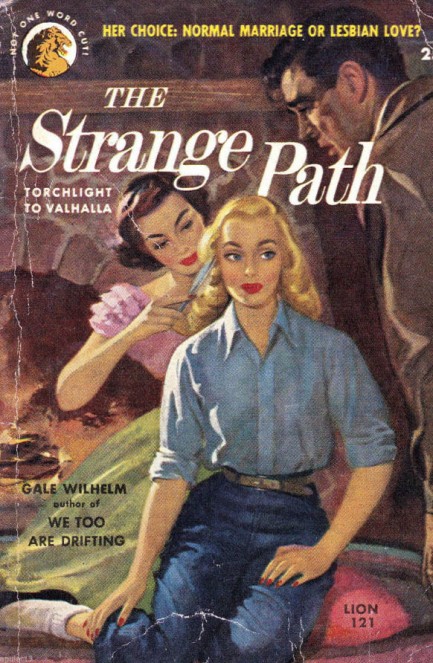 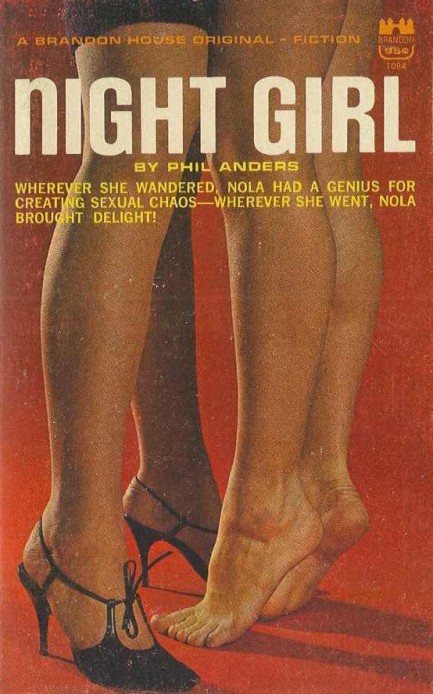 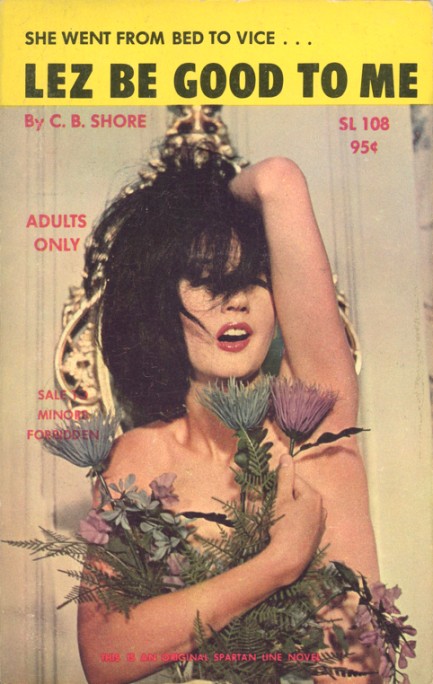 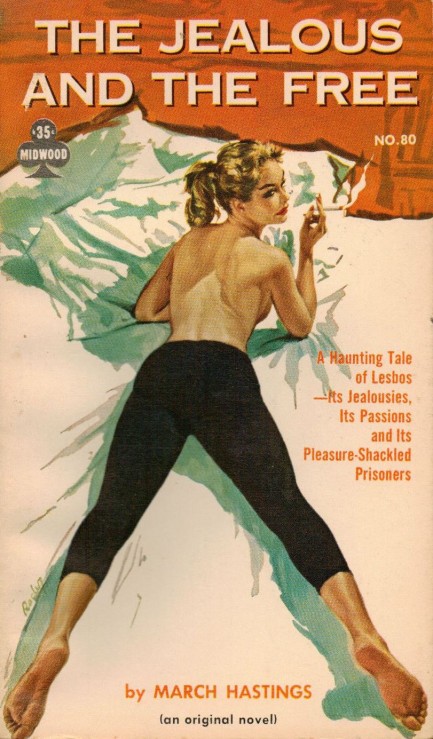 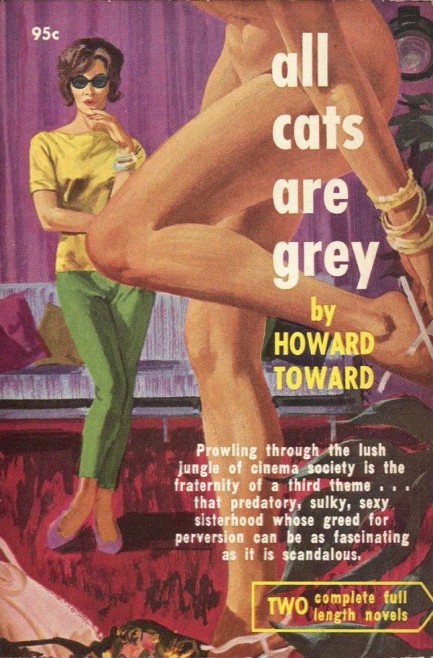 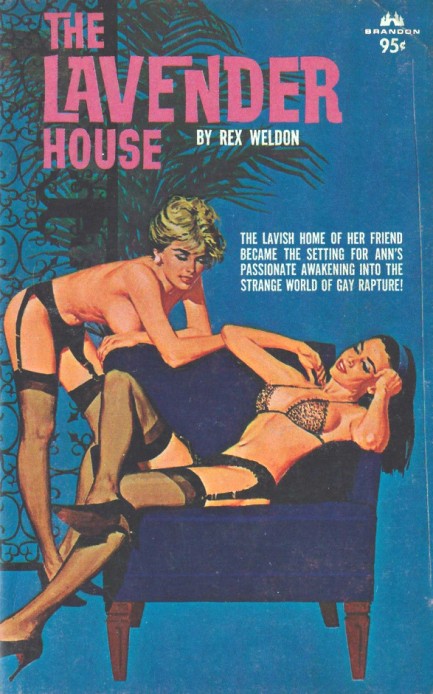 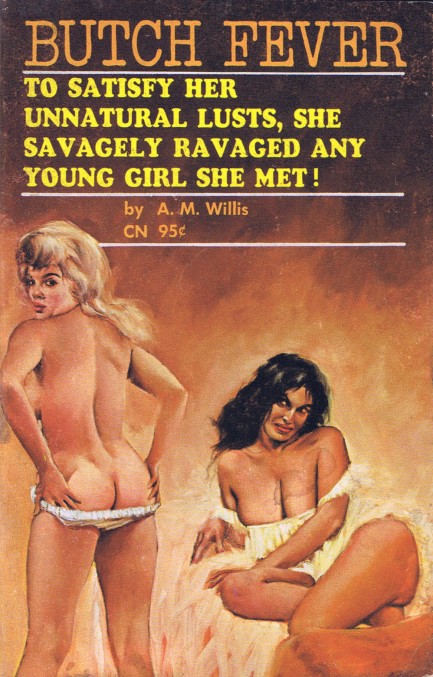 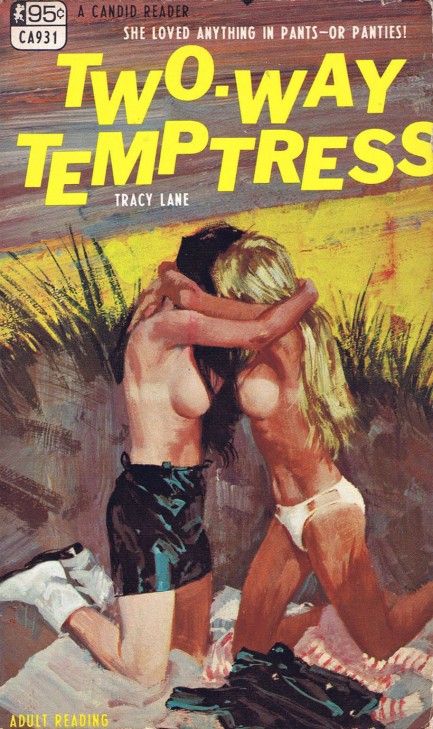 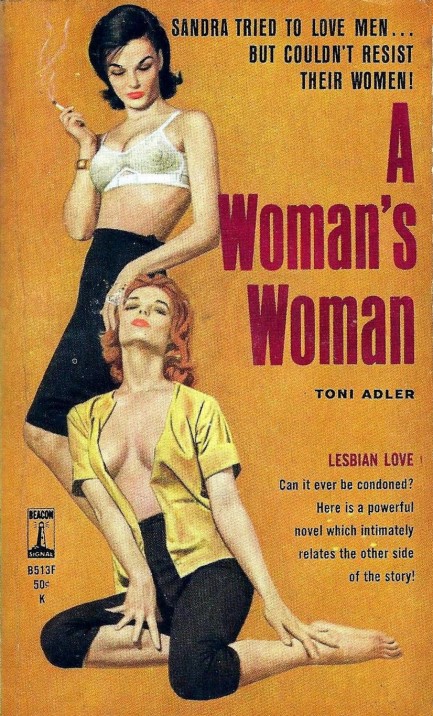 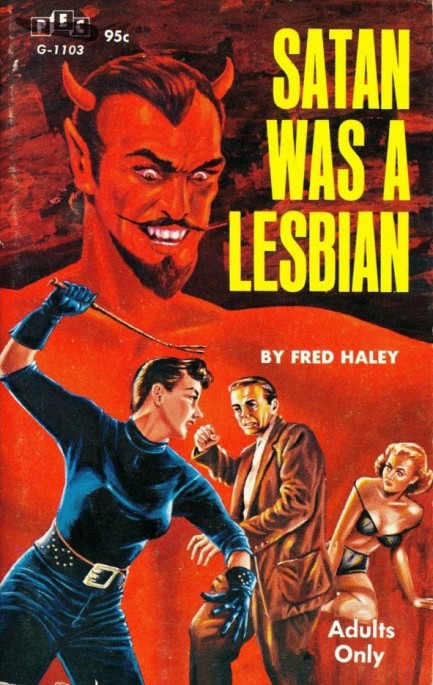
 Fred Fixler’s talent transformed sleaze into high art. 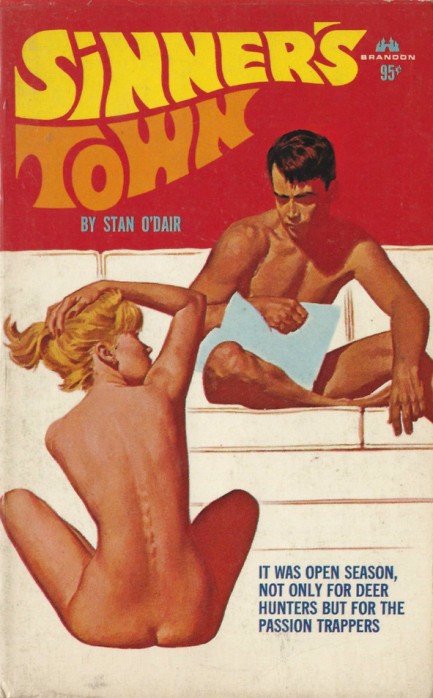
Hungarian-born Fred Fixler’s first career was as a diamond cutter, but by the early 1950s his focus shifted to art, which he studied in both the U.S. and France. He began illustrating paperback covers, and for years was an illustrator for the sleaze publishing imprint Brandon House. During that time his instantly identifiable style resulted in some of the most dynamic paperback covers ever seen on U.S. book racks. The piece above, with its shadowy lovers, is a prime example. Brandon House used Fixler as the primary illustrator for their line of lesbian paperbacks, and because of his talent, these books, which originally sold for around one dollar, go online today for in excess of seventy-five bucks. Fixler also worked in the commercial art field, and taught at schools like the California Art Institute, The Brandes Art Institute, and Parsons School of Design. Below are several more great Fixler pieces that we corralled from around the internet. You can see more of his art by searching online, and learn a lot more about him from his website.
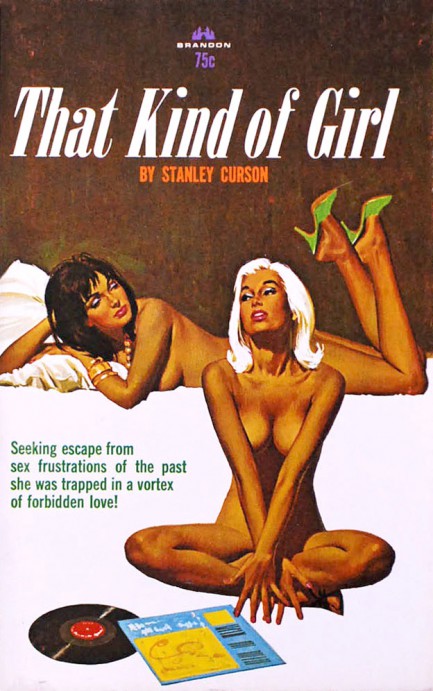 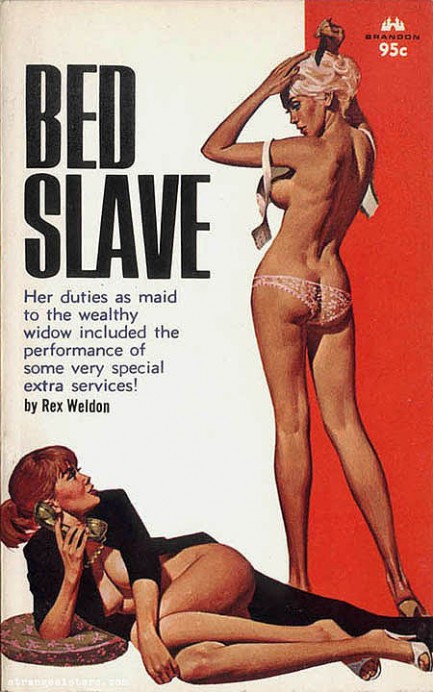 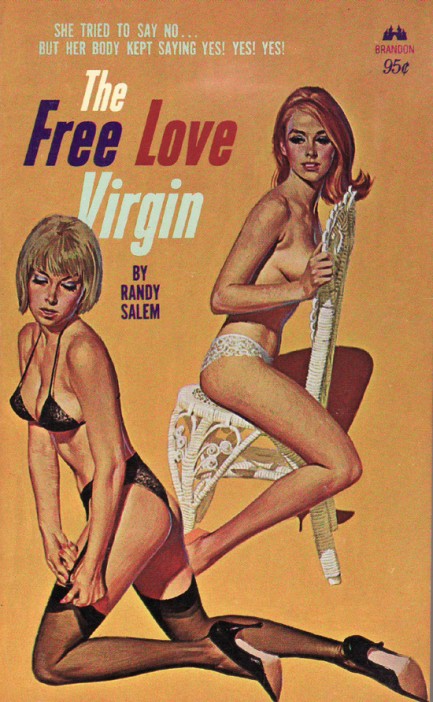 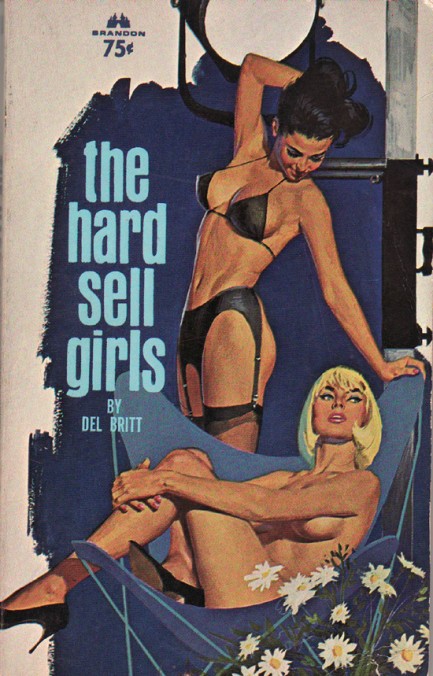 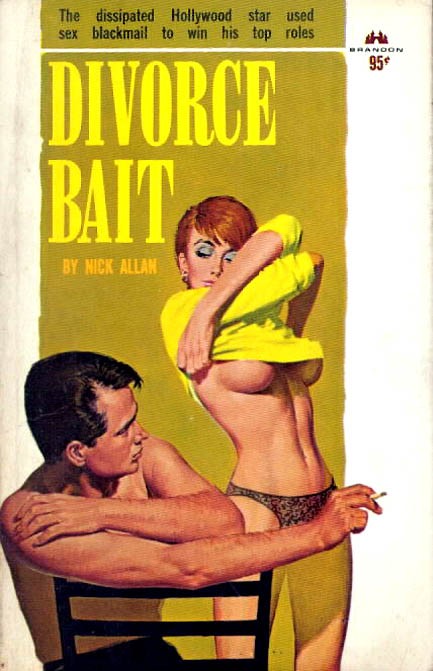  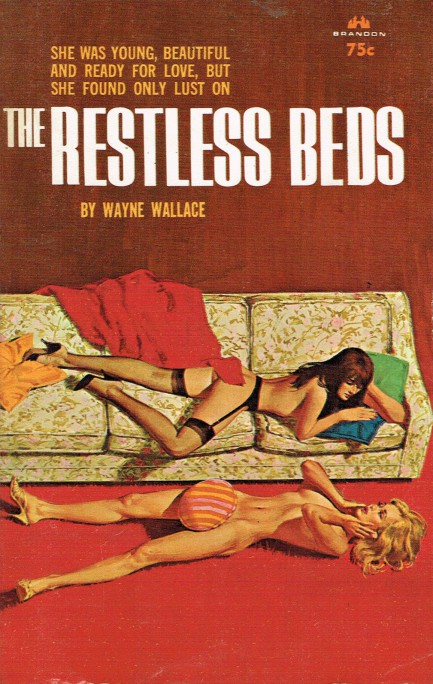
 It was an Affairs to remember. 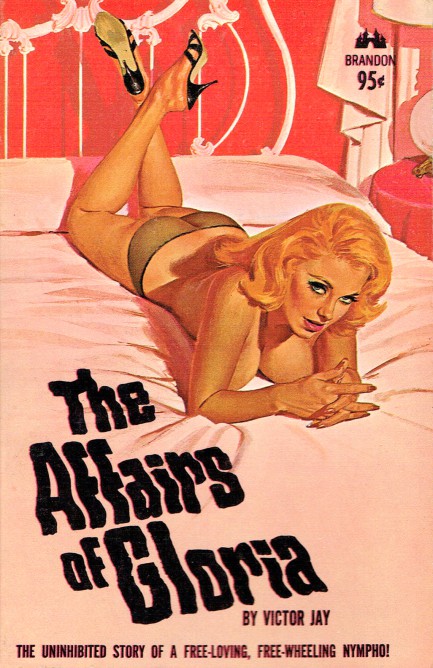
Above is a cover scan of Victor Jay’s 1964 novel The Affairs of Gloria, a book that is significant because it’s the first from the LGBT author whose real name is Victor J. Banis. He happens to be the person who, writing under Leisure Books’ communal pseudonym Don Holliday, gave the world the mystery series The Man from C.A.M.P., as well as many other books that are classics in the gay pulp genre. Some of those unforgettable and decidedly un-PC titles include Blow the Man Down, Man into Boy, Homo Farm, and Rally Round the Fag. Gloria isn’t what you’d call a gay pulp. Banis hadn’t yet taken that direction with his fiction (which was all short stories up to that point), but he was literarily bi-curious, you could say, so what he did was create a protagonist whose sexual appetite allowed him to experiment with lesbian themes. The book sold well, and despite an obscenity indictment in Sioux City, Iowa, Banis came away from the experience more convinced than ever that an untapped gay market was waiting. In 1966 Greenleaf Classics published Banis’s first gay mystery The Why Not, which resulted in the go-ahead for similar novels. Banis is still churning out books today, and is well reviewed by entities as middle of the road as Publisher’s Weekly, who, according to the author’s website, called him a literary icon who made a difference. All of that began to take shape with his first novel, The Affairs of Gloria. You can read Banis’s own account of writing Gloria and get the skinny on that obscenity trial here.
|
 |

The headlines that mattered yesteryear.
2003—Hope Dies
Film legend Bob Hope dies of pneumonia two months after celebrating his 100th birthday. 1945—Churchill Given the Sack
In spite of admiring Winston Churchill as a great wartime leader, Britons elect
Clement Attlee the nation's new prime minister in a sweeping victory for the Labour Party over the Conservatives. 1952—Evita Peron Dies
Eva Duarte de Peron, aka Evita, wife of the president of the Argentine Republic, dies from cancer at age 33. Evita had brought the working classes into a position of political power never witnessed before, but was hated by the nation's powerful military class. She is lain to rest in Milan, Italy in a secret grave under a nun's name, but is eventually returned to Argentina for reburial beside her husband in 1974. 1943—Mussolini Calls It Quits
Italian dictator Benito Mussolini steps down as head of the armed forces and the government. It soon becomes clear that Il Duce did not relinquish power voluntarily, but was forced to resign after former Fascist colleagues turned against him. He is later installed by Germany as leader of the Italian Social Republic in the north of the country, but is killed by partisans in 1945.
|

|
|

It's easy. We have an uploader that makes it a snap. Use it to submit your art, text, header, and subhead. Your post can be funny, serious, or anything in between, as long as it's vintage pulp. You'll get a byline and experience the fleeting pride of free authorship. We'll edit your post for typos, but the rest is up to you. Click here to give us your best shot.

|
|



















































